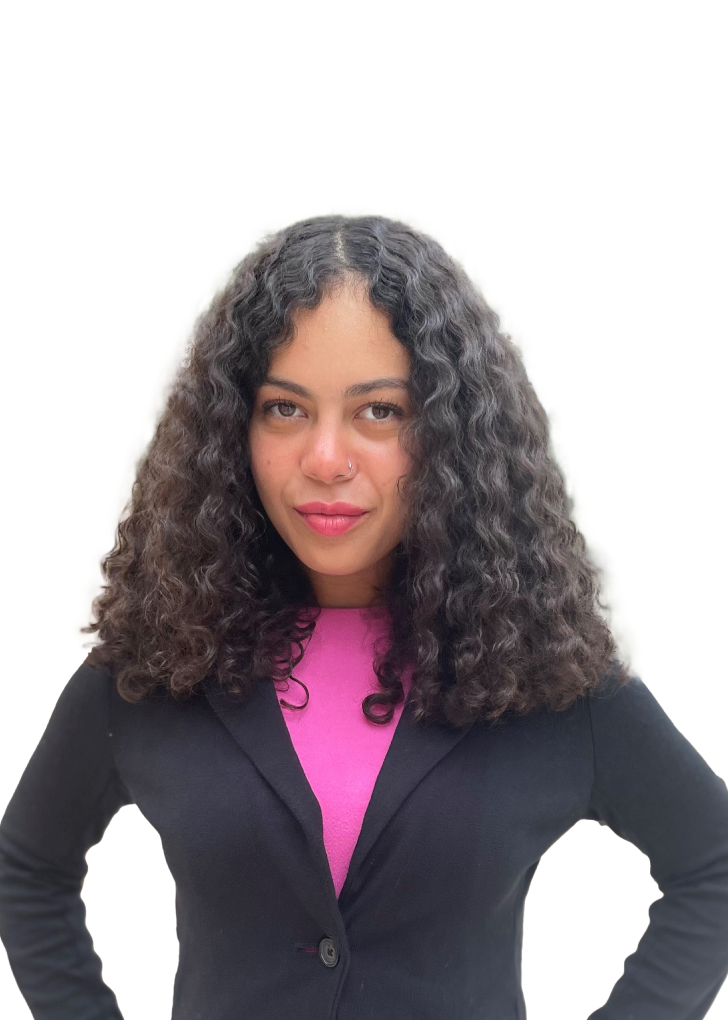When Angela Dufrene and her twin brother were born on April 25, 2014, their mother’s troubled history was no secret to the state.
Marjorie Dufrene was under the supervision of Florida’s child welfare agency following a child-abuse arrest and six separate investigations, including an episode in which she “accidentally” hit one child in the face with a belt with such force that he required eye surgery.
While Dufrene’s two oldest children remained under the state’s protection, she became pregnant again — with twins.
Despite her history, child welfare administrators decided to leave the twins in their mother’s care with no protective oversight, even as the agency received additional complaints about possible abuse of their older siblings.
Now, Angela has vanished altogether — and is feared dead.
As Miami homicide detectives search for the missing child, or her remains, just-released Department of Children & Families records renew troubling questions about the agency’s oversight of at-risk children. The records are heavily redacted and incomplete, but show child protection workers and lawyers deliberately chose not to monitor the twins’ safety.
It was not until last month that a DCF investigator, probing the family’s 11th child-abuse hotline report, involving an unidentified child, discovered that Angela’s mother could account for only four of her five children. At first, Dufrene claimed the baby was with her birth father, something investigators quickly determined was a lie.
And then came a shocking disclosure:
“The mother admitted to murdering child Angela in November of 2015,” a report said. She would also state in open court that the youngster was “no longer with us.” The report added that “Angela would not stop crying.”
Both DCF and the Miami Police Department are investigating what became of Angela, a cherubic baby whose life, if it is over, left virtually no record. Police had to search several days before finding a single photo of the child. An age-progressed image of the girl shows a dark-eyed youngster with pig tails.
Despite the word “murder” appearing in DCF reports, law-enforcement sources say that Dufrene actually gave various versions of the baby’s death, including one that the child suffered a fatal fall after which the mom discarded her body in a North Miami-Dade dumpster, sources said.
Last month, when authorities discovered Angela was missing, DCF removed her twin brother from Dufrene. Her three older children remain in Broward County with their father. Dufrene has not been charged with a crime.
In the days after DCF discovered Angela was missing, a DCF spokeswoman, Jessica Sims, told the Herald “DCF has no prior reports to the hotline regarding the child” — other than the tip that resulted in the discovery of her disappearance.
But heavily redacted documents provided to the Herald under the state’s public records law show that Angela was known to child protection caseworkers and lawyers in Broward County, who had overseen the welfare of her older siblings.
In an interview with the Herald late Monday, DCF Secretary Mike Carroll declined to discuss Angela’s case in detail, saying state law prohibits such disclosures until the child is formally presumed to be deceased. “Based on some comments the mom made in open court, we have grave concerns about this child. I hope what she said is not true.”
He acknowledged, however, that child protection administrators who met in April 2014 erred by failing to add Angela, her twin, and one other sibling to the ongoing court case in which Marjorie Dufrene’s two oldest children were under state supervision. Present at the meeting were employees of ChildNet, the Broward County foster care agency; the Broward Sheriff’s Office, which conducts abuse probes; and the Florida attorney general’s office, which provides legal representation in child welfare court in Broward.
“If the older children were not safe, how in the world can a newborn be safe?” Carroll said. “It defies logic.”
When lawyers and caseworkers decline to add newborns such as Angela to ongoing child protection court cases, Carroll said, “the chances of that child becoming invisible in the future increase exponentially.”
Carroll said he’s asked his staff to look into whether the agency needs to change state law, or just revise rules and policy, to mandate that infants born into families already under state supervision be added to such court cases as a matter of course. “We have to close that loop,” Carroll said.
On Monday, the Herald petitioned the child welfare judge who is overseeing Marjorie Dufrene’s family, Miami-Dade Circuit Judge Cindy Lederman, to order DCF to release all records in its custody pertaining to the agency’s prior involvement with Angela and her siblings. The petition said Floridians have an interest in understanding “how these tragedies occur and learning about possible performance shortcomings by the department, the courts or others.”
Carroll said the agency would not object to the records’ release.
Twice — in April 2014 and June 2015, after complaints involving the older siblings — DCF had opportunities to ensure Angela and her twin brother were safe. Both times, records show, they failed to take any action. And investigators had a previous chance to discover she was missing a month earlier when yet another report was received by the hotline, alleging the sexual abuse of a sibling. Typically, investigators are expected to observe all children in a family if one of them is alleged to have been mistreated.
Marjorie Dufrene’s two oldest children — now 11 and 5 — had been the subject of at least three reports of physical child abuse in 2011 and 2012 when the Broward Sheriff’s Office sheltered them for a while from their parents.
The children’s removal appears to correspond with Marjorie Dufrene’s December 2012 arrest by the Fort Lauderdale Police Department on charges of battery on a child. A police report said one of Dufrene’s children complained she had “hit [him] on the head, causing a cut and a bruise. Marjorie has had previous [abuse] reports filed against her, and is not allowed to physically discipline her children.”
The child “confirmed under oath that his mother struck him, causing the injuries to his head. [A] medical exam showed positive indications of abuse,” the report added.
Documents provided to the Herald are so heavily censored that it is nearly impossible to determine what happened next.
What is known: On April 4, 2014, 11 days before Angela and her brother were born, BSO, the state Attorney General’s Office and ChildNet held a meeting to decide whether to take any action to protect the twins after they were born. Blacked-out notes on a timeline show that “no legal action was requested” at the staffing, and it appears none was taken.
At least five times in the coming months, a Broward County judge held hearings to ensure that Dufrene’s older children remained safe and well-cared for. While timelines provided to the Herald are not explicit about what occurred during those hearings, typically, a caseworker will describe what she or he observed during monthly home visits. No such observations ever were made of the twins, however, as they never were added to the court case.
On Dec. 7, 2015 — a month after Marjorie Dufrene now says her baby died — the Broward court case was terminated.
DCF received at least five subsequent reports of abuse or neglect — including allegations of domestic violence, physical abuse, sexual abuse and “threatened harm” — before July 20, when the hotline received an anonymous tip that some of Dufrene’s children were not being properly supervised, and were being exposed to “environmental hazards.”
Last month, a DCF assistant secretary, Vicki Abrams, asked a Broward administrator to tell her how two babies could escape agency oversight when their older — and thus less vulnerable — siblings were being observed by a caseworker who regularly reported back to a judge. “Call me when you get info on why twins not added,” Abrams wrote on July 21.
“We have seen one of the children, and Mother confessed to murdering the other child,” Abrams wrote.
Angela is not the first child to vanish after child protection workers had become involved. In a case that shocked South Florida and the nation, 4-year-old Rilya Wilson disappeared around December 2000 after DCF placed her in the home of a family friend, Geralyn Graham. A caseworker reported making numerous visits to Graham’s home — visits that never took place — until April 2002, when another worker, seeking to put Rilya up for adoption, discovered the girl was gone.
During a 2012 trial, Graham’s companion described the abuses to which Rilya had been subjected. She told jurors that Graham would bind the child’s hands to a bed railing with plastic “flex cuffs.” She said Graham borrowed a dog cage to confine Rilya.
A jailhouse informant testified that Graham confessed to smothering the child with a pillow, then dumping her body in a canal or lake.
Despite the absence of a body, Graham was convicted of aggravated child abuse and kidnapping, and was sentenced to 55 years imprisonment.
The remains of Rilya, who would be 19 today, have never been found.

